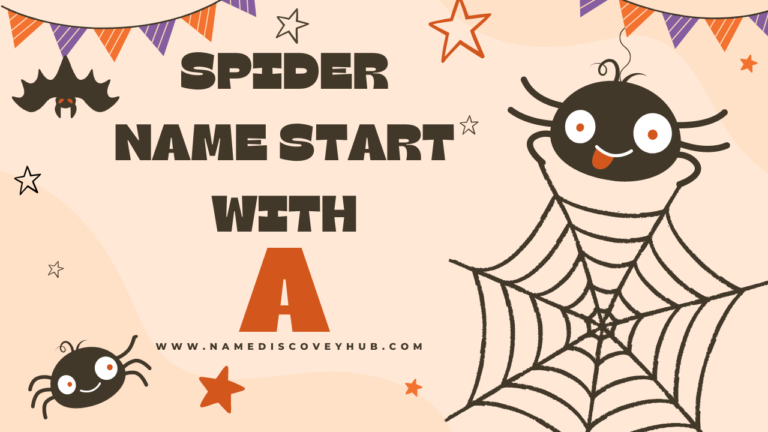Explore the List of 150 Flowers Names
Flowers are nature’s exquisite masterpieces, offering a kaleidoscope of colors, shapes, and fragrances. They play a vital role in ecosystems, serve as symbols in various cultures, and bring beauty to our lives. This comprehensive guide explores the names of 150 flowers, providing insight into their diversity and significance. Whether you’re a gardener, botanist, or flower enthusiast, this list will enhance your appreciation for these splendid blooms.
Why Flowers are Important
Flowers are essential for pollination, which is crucial for the reproduction of many plants. They also contribute to biodiversity, support wildlife, and have cultural, aesthetic, and medicinal value. Understanding different types of flowers can help us appreciate their ecological roles and cultural importance.
Categories of Flowers
Flowers can be categorized based on their blooming seasons, habitats, and botanical characteristics. Here is a detailed list of 150 flowers, organized for easy reference.
Spring Flowers
Spring flowers are among the first to bloom, heralding the end of winter.
- Tulip
- Daffodil
- Crocus
- Hyacinth
- Snowdrop
- Forsythia
- Primrose
- Anemone
- Pansy
- Iris
- Lilac
- Peony
- Bleeding Heart
- Bluebell
- Dogwood
Summer Flowers
Summer flowers thrive in warm weather and are often vibrant and showy.
- Rose
- Sunflower
- Dahlia
- Marigold
- Zinnia
- Lavender
- Geranium
- Petunia
- Lily
- Begonia
- Hibiscus
- Gladiolus
- Cosmos
- Coneflower
- Black-eyed Susan
Fall Flowers
Fall flowers bloom as the temperatures start to drop, adding color to autumn gardens.
- Chrysanthemum
- Aster
- Sedum
- Goldenrod
- Japanese Anemone
- Marigold
- Pansy
- Toad Lily
- Helenium
- Cyclamen
- Autumn Crocus
- Monkshood
- Sneezeweed
- Hardy Begonia
- Russian Sage
Winter Flowers
Winter flowers can withstand cold temperatures and often bloom indoors or in milder climates.
- Camellia
- Winter Jasmine
- Hellebore
- Poinsettia
- Cyclamen
- Winterberry
- Christmas Rose
- Snowdrop
- Witch Hazel
- Mahonia
- Paperwhite
- Bergenia
- Winter Aconite
- Skimmia
- Heather
Wildflowers
Wildflowers grow naturally in the wild and are often hardy and resilient.
- Bluebonnet
- Indian Paintbrush
- Black-eyed Susan
- Queen Anne’s Lace
- Lupine
- Yarrow
- Coreopsis
- Wild Poppy
- Wild Rose
- Chicory
- Trillium
- Columbine
- Fireweed
- Blanket Flower
- Buttercup
Tropical Flowers
Tropical flowers thrive in warm, humid environments and are often very colorful.
- Bird of Paradise
- Hibiscus
- Plumeria
- Bougainvillea
- Heliconia
- Orchid
- Anthurium
- Passionflower
- Jasmine
- Bromeliad
- Ginger
- Ixora
- Oleander
- Clivia
- Frangipani
Bulb Flowers
Bulb flowers grow from bulbs and often have vibrant, showy blooms.
- Tulip
- Daffodil
- Crocus
- Hyacinth
- Lily
- Allium
- Amaryllis
- Snowdrop
- Bluebell
- Gladiolus
- Dahlia
- Tuberose
- Fritillaria
- Cyclamen
- Ranunculus
Perennial Flowers
Perennials bloom year after year, making them a favorite in many gardens.
- Echinacea
- Hostas
- Daylily
- Peony
- Salvia
- Phlox
- Black-eyed Susan
- Coral Bells
- Shasta Daisy
- Astilbe
- Delphinium
- Bee Balm
- Bleeding Heart
- Foxglove
- Coreopsis
Annual Flowers
Annuals complete their life cycle in one growing season and are known for their prolonged blooming periods.
- Marigold
- Petunia
- Zinnia
- Impatiens
- Snapdragon
- Cosmos
- Pansy
- Sweet Pea
- Nasturtium
- Begonia
- Geranium
- Lobelia
- Alyssum
- Calendula
- Nicotiana
Edible Flowers
Edible flowers can be used in culinary dishes for flavor and decoration.
- Nasturtium
- Pansy
- Marigold
- Chamomile
- Borage
- Lavender
- Hibiscus
- Rose
- Viola
- Dandelion
- Elderflower
- Chive Blossom
- Calendula
- Jasmine
- Violet
Conclusion
This extensive list of 150 flowers names showcases the incredible diversity within the floral kingdom. From the hardy wildflowers to the vibrant tropical blooms, each flower contributes to the beauty and ecological balance of our planet. Understanding and appreciating these flowers can enhance our gardening practices, support conservation efforts, and deepen our connection with nature. Whether you’re planting a garden, arranging a bouquet, or simply enjoying a walk in nature, these flowers offer endless inspiration and delight.



